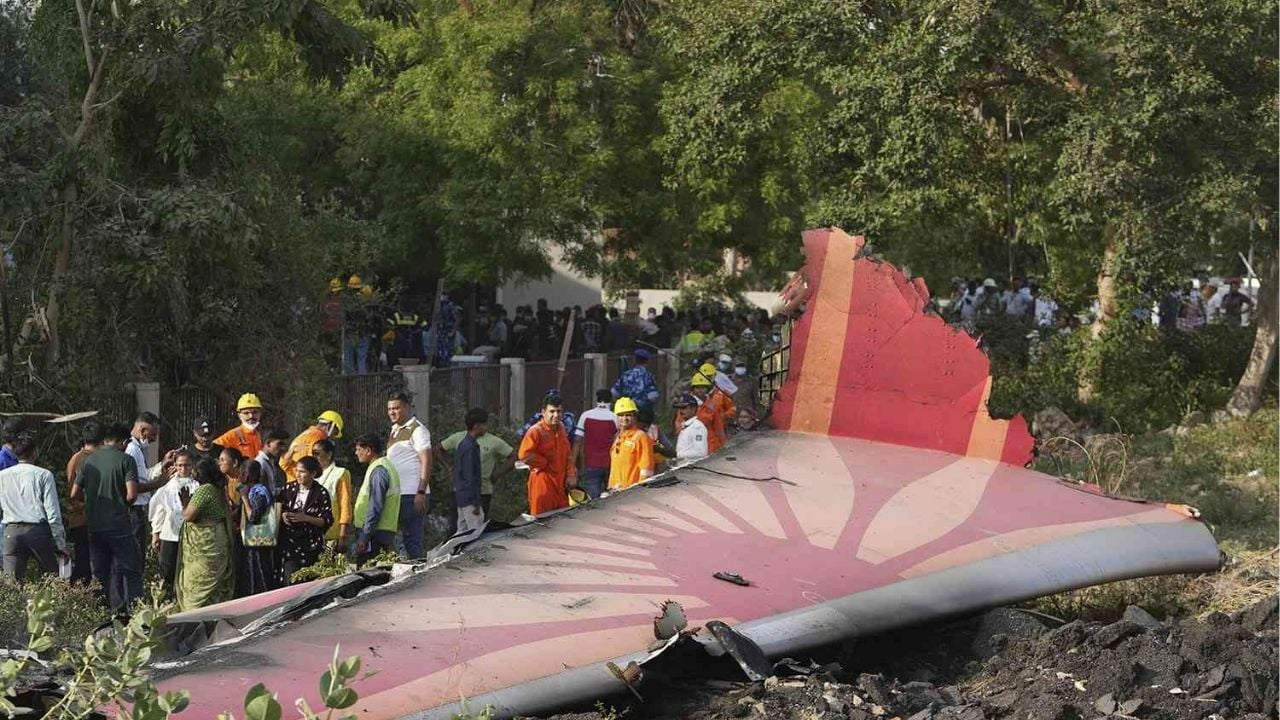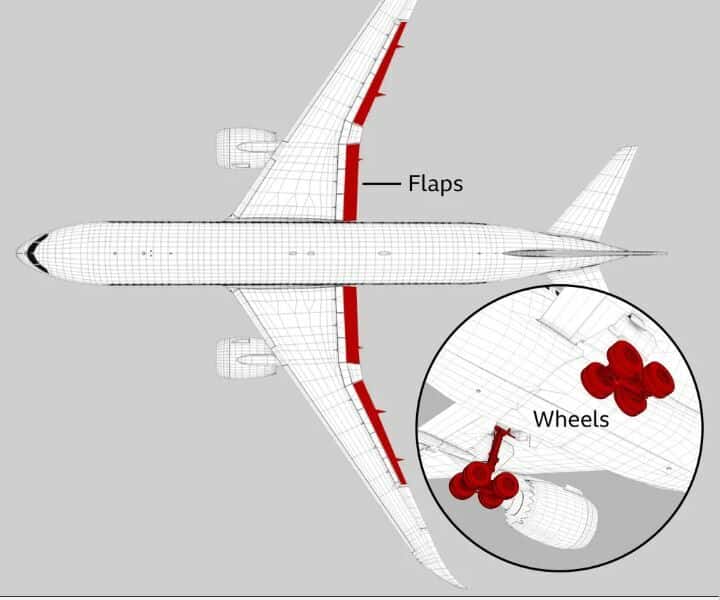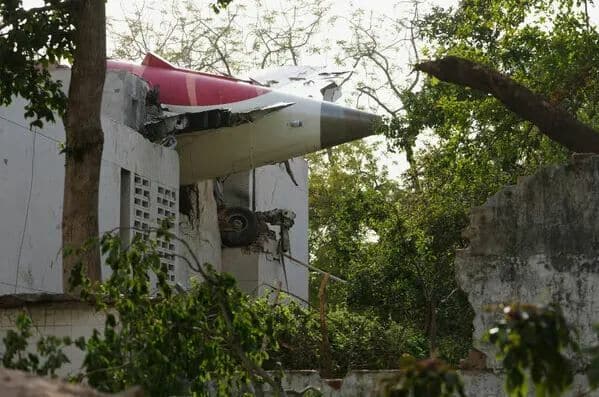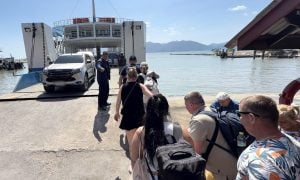Air India flight AI171: Experts probe deadly takeoff crash (video)
The mayday call after takeoff sparks concerns over double engine failure

A devastating crash involving Air India Flight AI171 has left 241 people dead and raised serious questions about what went wrong just moments after takeoff.
The Boeing 787-8 Dreamliner, en route from Ahmedabad to London Gatwick, plunged shortly after departing Sardar Vallabhbhai Patel International Airport yesterday, June 12, just 1.5km from the runway.
The tragic incident marks the first fatal crash of a 787-8 since the aircraft’s introduction into commercial service in 2011. Indian investigators, alongside experts from the US and UK, are now leading an in-depth investigation to uncover the cause of this catastrophic event. While no conclusive answers have emerged, experts are exploring several possibilities.

A key element to consider is the aircraft’s performance shortly after takeoff. The plane reached just 625 feet (190 metres) before descending, and shocking footage captured the aircraft flying low over a residential area before disappearing behind buildings and exploding. The aircraft’s sudden mayday call moments after takeoff raises immediate concerns about engine failure, with speculation surrounding a rare double engine failure. However, aviation experts are divided on this possibility.
“The idea of a dual engine failure is incredibly rare, but not impossible,” said one senior pilot. “If both engines failed, there would have been no time to react.”
Some experts suggested fuel contamination or clogging could have caused engine failure, but others dismissed this theory based on the available footage. While such an event is highly unusual, the possibility of a bird strike has also been raised, especially as Ahmedabad airport is notorious for bird activity.

Additionally, questions have been raised about the aircraft’s configuration. Some believe the plane’s flaps may not have been extended properly during takeoff. This would cause the aircraft to struggle with lift, particularly given the hot conditions at Ahmedabad, where temperatures were nearing 40°C. Flaps are critical during takeoff, and if not set correctly, even a small error could have catastrophic consequences, reported BBC News.
“The flaps are set by pilots before takeoff, and there are several procedures to verify their setting,” said Marco Chan, an ex-pilot. “It would point to human error if they were not set correctly.”

As the investigation continues, authorities are working to piece together the chain of events that led to this tragedy. The focus remains on the black box, which could provide vital clues, as well as an examination of the wreckage.
This horrific accident serves as a painful reminder of the risks inherent in aviation, with experts keen to find answers and prevent future disasters.
Latest Thailand News
Follow The Thaiger on Google News:


























